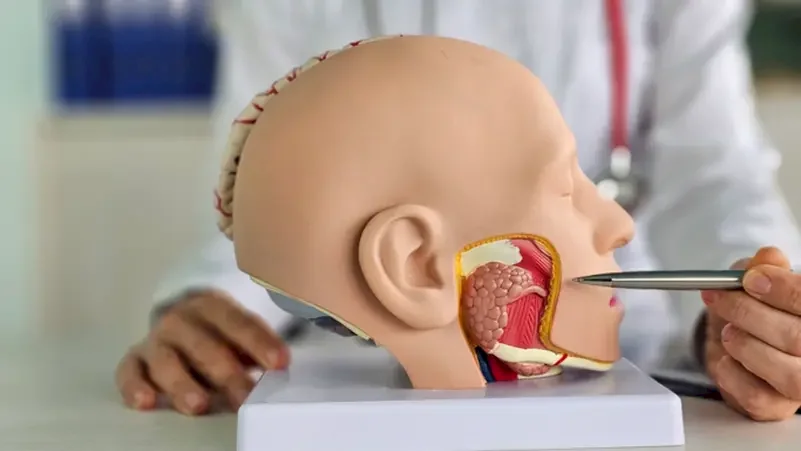
Invention of the First Artificial Tongue
SadaNews - A team of scientists has successfully invented the first artificial tongue capable of sensing and distinguishing flavors in liquid environments, accurately simulating the mechanism of human taste buds.
According to a study published in the journal PNAS, this innovation opens wide horizons for developing advanced automated systems for food safety monitoring and early disease detection through chemical analysis. It can also be integrated into laboratory equipment for analyzing liquid samples, representing an important step towards neural computing, i.e., AI systems that mimic learning mechanisms in the human brain.
Recognition of Four Flavors
This artificial tongue relies on ultra-thin membranes of graphene oxide, which are carbon sheets acting as molecular filters for ionic copies of flavors.
Unlike traditional filters that separate large particles, these membranes slow down the movement of ions, granting the device the capability to recognize flavors and store them in memory after exposure.
In experiments, the device was able to recognize four basic flavors: sweet, sour, salty, and bitter, with accuracy ranging from 72.5% to 87.5%. The accuracy reached 96% when testing multi-flavored beverages such as coffee and Coca-Cola, as their complex chemical structure facilitates the distinction for the system.
Sensing and Information Processing
This is the first time that the properties of sensing and information processing have been integrated into a single liquid medium; previous tasting systems relied on external computers to process data, while most electronic components fail when immersed in liquids, necessitating the separation of sensing functions from processing.
The new innovation has overcome this obstacle by using graphene oxide membranes that can perform both functions while submerged in the liquid.
The working mechanism involves dissolving chemical compounds in the liquid, where they break down into ions that pass through microscopic channels within the carbon sheets, thousands of times smaller than a human hair's thickness.
These channels create distinctive ionic patterns for each flavor, and the system learns these patterns gradually with repeated use, improving its performance in distinguishing flavors, just as the human brain learns to differentiate between similar tastes.
Early Disease Detection
Researchers have confirmed that this technology holds wide potential, ranging from early disease detection through the analysis of biochemical flavors to determining the effects of medications and assisting patients who have lost their sense of taste due to neurological disorders or strokes.
It can also be employed to enhance food safety testing and quality control in the beverage industry and monitor water quality by recognizing distinctive chemical flavors.
Young Yan, a professor of chemistry at the National Center for Nanoscience and Technology in China and one of the study's authors, stated that this discovery presents a new model for designing nature-inspired ionic devices capable of operating in liquid environments, sensing their surroundings, and processing information simultaneously, just like the human nervous system.

Predictions for a Decline in Global Smartphone Shipments in 2026

US Congress Launches Investigation into the Use of Ticks as Biological Weapons

Russia Develops Fuel That Provides Energy for a Thousand Years

10 Daily Habits that Waste Time and Energy

7 Exercises to Strengthen Your Calf Muscles

Creative Commons Organization Supports "Pay-Per-Crawl" Systems to Compensate Content in th...

Tea and Cocoa Reduce Health Issues Caused by Sitting for Long Hours

